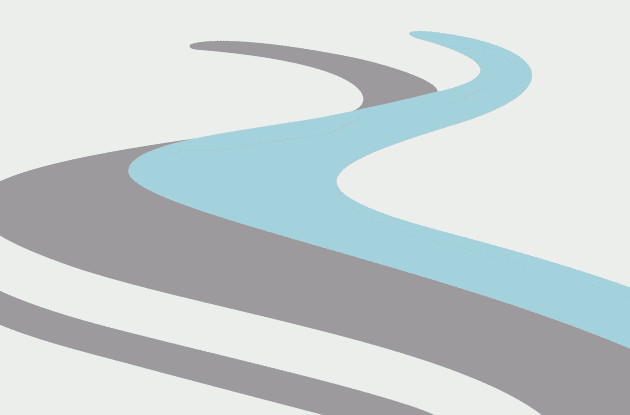Lance Armstrong Does Cobblestones Ahead of Tour de France
Armstrong tackles Belgian classic Tour of Flanders to prep for Tour's third stage in Wanze.
Lance Armstrong will pound his body over wet cobblestones and elbow for position along the windy, cold and narrow roads of the Tour of Flanders this weekend.
Will taking part in this race prepare him in any way for what is to hit him in this summer's Tour de France, when Armstrong goes for an eighth title?
"Ask me after the cobbled stage in this year's tour," he tweeted, before Thursday's scouting run along much of the Flanders course.
The Tour de France hasn't chased riders over major stretches of cobblestones since 2004 but this summer, the third stage in northern France will include seven cobblestoned sectors for 13.2 kilometers-with one only 10 kilometers from the finish line.
Cobblestones can puncture tires, break down bikes, wear down riders with relentless shaking and cause serious accidents and crashes. These dangers will all be there on the July 6 Wanze-Arenberg Porte du Hainaut stage.
And even if it falls early in the three-week Tour de France, Armstrong does not want to take risks when he can avoid it.
"You cannot win the Tour there, but you can very well lose it there," said Rik Vanwalleghem, the director of the Tour of Flanders Center who has followed cycling and cobblestoned races for decades.
Come ill-prepared and a flat tire or a crash up front in the pack can leave a leader stranded. Seconds can turn into minutes on the choked back roads, time he might not be able to make up in the rest of the Tour.
Such facts are not lost on Armstrong. Throughout his career, he has been known to be the most meticulous manager when it comes to his preparations, and many credit some of his seven Tour de France wins specifically to his advance knowledge of the course or conditions.
Which brings him to northern Belgium, where the cobblestones differ little from those in closeby Arenberg Porte du Hainaut.
On Sunday, he will leave from under the Gothic spires of medieval Bruges to start a 262-kilometer trek through the wind-swept flat lands of Flanders before hitting 15 short but steep climbs close to the finish in Meerbeke, some 30 kilometers west of Brussels. Cobblestones are dotted through much of the latter stages.
At 38, he has distant memories of his two starts early in his career when his one-day career still looked as promising as his multistage one. This time around, don't count him among challengers like Tom Boonen and Stijn Devolder of Belgium, Switzerland's Fabian Cancellara or Spain's Juan Antonio Flecha.
The true cobblestone classic to which the Tour de France stage is a homage is Paris-Roubaix, but with more than 50 kilometers of cobblestones, it is too much of a good thing. He will be a non-starter there next week.
Vanwalleghem also insisted it was good for Armstrong's team as a whole to go through the cobblestone motions. Often the key in such a race is when teammates lead their top rider into prime position through the bottleneck at the start of a cobblestoned stretch. And how to deal with emergencies.
"It is as team mechanism that you have to practice. It is not automatic. Tasks have to be assigned. If it doesn't happen and something happens like a flat tire, a crash, how do you fix that?" Vanwalleghem asked.
About half of his eight-man team on Sunday should also start in the Tour de France.
He also had a warning.
"You cannot say the Tour of Flanders has no dangers. It is a race for warriors," he told The Associated Press. "It means you have to stake your claim in the pack, with teammembers that protect you. Sometimes you really have to put your elbows to work. Every year there are crashes in such races."
On Thursday, though, the practice run was an easy ride under the sun. In the end, Armstrong even got a cobblestone from the Wall of Geraardsbergen he had just scaled. "Cool," he tweeted.
That is the kind of weather he can expect on Sunday, with winds sweeping in and temperatures not breaking 10C (50F). Hardly what Armstrong will find in the Tour.









